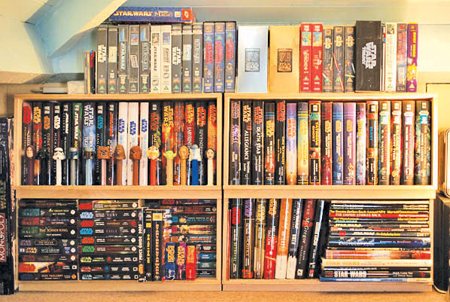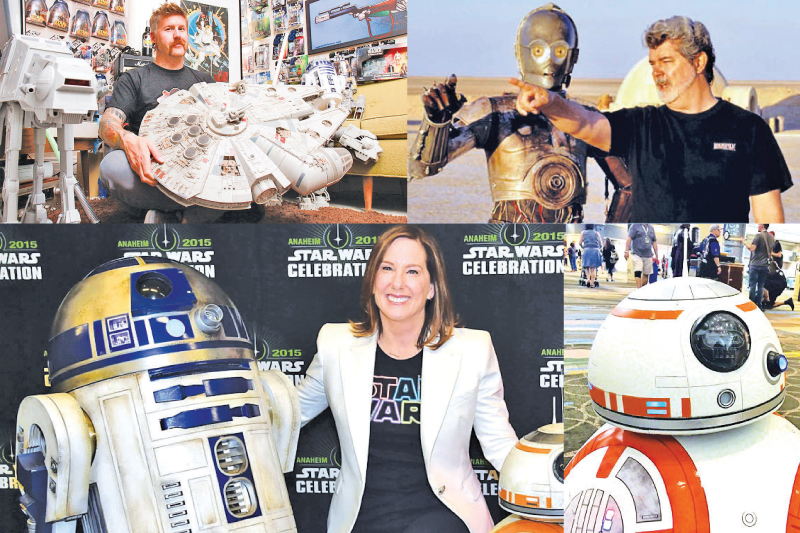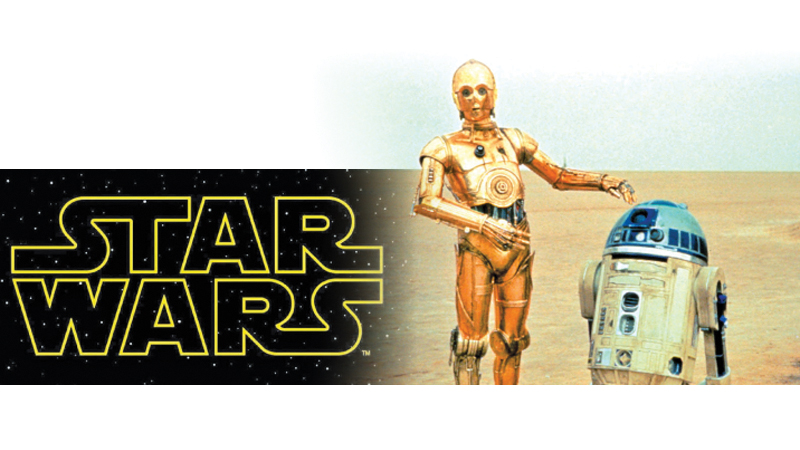 Star Wars as a franchise needs very little introduction; few media franchises have had as enduring or widespread an impact on global entertainment as Star Wars. What started as a risky passion project has grown into a vast universe of films, television shows, novels, comics, video games, and merchandise.
Star Wars as a franchise needs very little introduction; few media franchises have had as enduring or widespread an impact on global entertainment as Star Wars. What started as a risky passion project has grown into a vast universe of films, television shows, novels, comics, video games, and merchandise.
Despite the relative decline in public perception among audiences in recent years, Star Wars is still going strong, with its most recent TV show, Andor, wrapping up its final season to generally positive acclaim. But the current state of the franchise makes it a bit easy to forget just how Star Wars was received at its peak and how influential it was on media as a whole.
Instant smash hit
The first film, released in 1977 as simply ‘Star Wars’ and only later titled ‘Star Wars: Episode IV – A New Hope’, had an infamously troubled production thanks in no small part to the creator and director, George Lucas himself. But it was an instant smash hit and set the stage for a trilogy of films that would become the most influential in pop culture history.
 The next film was instantly greenlit, and in 1980, ‘Empire Strikes Back’ was released. While the film was also a massive success, the critical reception was a bit more mixed. While it would later be widely considered to be the best in the trilogy and even the franchise itself, the lack of a proper conclusion and bleak ending left some audiences disappointed.
The next film was instantly greenlit, and in 1980, ‘Empire Strikes Back’ was released. While the film was also a massive success, the critical reception was a bit more mixed. While it would later be widely considered to be the best in the trilogy and even the franchise itself, the lack of a proper conclusion and bleak ending left some audiences disappointed.
The finale, ‘Return of the Jedi’ (1983), was received well as an impressive spectacle and satisfying conclusion to an epic saga, despite its flaws.
Though the entire original trilogy was over in just six years, its impact would be felt for decades to come. Though it didn’t break a lot of new ground in Science Fiction narratively, it definitely popularised it to the point that it completely changed how Sci-Fi was perceived as a genre among general audiences, especially space operas. Its popularity, alongside Jaws (1975), started the idea of a summer blockbuster.
Lucasfilm and its visual effects division, Industrial Light and Magic (ILM), which was created for the filming of the first Star Wars, pioneered many special effects, VFX, and digital filmmaking techniques that quickly became the industry standard. George Lucas’s complete ownership of merchandising rights also introduced a new model of handling merchandising, showing how merch and supplementary material could generate many times more profit than the films themselves.
Prequels and sequels
Nearly two decades after the original trilogy concluded, Lucas would go on to expand the saga with the prequel trilogy (‘The Phantom Menace’, ‘Attack of the Clones’, and ‘Revenge of the Sith’). Though the prequels were commercially successful and introduced the franchise to a new generation of fans, they had mixed reviews critically.
Regardless, they still were technological marvels, with effects and set pieces that have mostly aged remarkably well, even by today’s standards. Though the franchise was still running strong, the controversial reception of the prequels was a major setback, especially for Lucas’ plan of a nine-part film saga.
Years later, Disney acquired Lucasfilm in 2012 and launched the sequel trilogy. This development was initially exciting and concerning for fans, as though the financial and creative power of Disney was a huge boon, George Lucas’ vision and sole creative control were an essential part of the franchise up until this point.
The first film of this trilogy, The ‘Force Awakens’ (2015), was generally received as an explosive start for the sequels, if a bit derivative of the originals, and served to introduce the franchise to an entirely new generation. However, the next few films somewhat soured this momentum, with The Last Jedi (2017) being considered an ambitious yet controversial film, and The ‘Rise of Skywalker’ (2019) was near universally panned as either mediocre or outright offensive.
Though the trilogy overall was quite divisive, it did have its fans and introduced many beloved characters and story elements.
Star Wars Expanded Universe
Over the past almost 50 years of Star Wars, there has been a deluge of additional material in the form of TV shows, comics, books, and video games that built on the lore set up by the movies. These stories, collectively known as the Star Wars Expanded Universe (EU), were essential for the franchise and helped its massive fanbase stay engaged with Star Wars in between films.
But once Disney acquired the franchise, the EU was controversially ruled as non-canonical and renamed as Star Wars Legends, as they aimed to tell their own stories, with live-action shows such as ‘The Mandalorian’, ‘The Book of Boba Fett’, ‘Obi-Wan Kenobi’, ‘The Acolyte’, ‘Ahsoka’, and ‘Andor’. These stories, and Disney’s Star Wars as a whole, have had mixed receptions, but alongside low lows have been some remarkably high highs.
ILM has also continued to push the medium of entertainment as a whole through these productions, with technological innovations such as StageCraft and the Volume.
Though its reputation has only gotten more contentious over the years, Star Wars has proven that it still has many stories to tell as a franchise.







